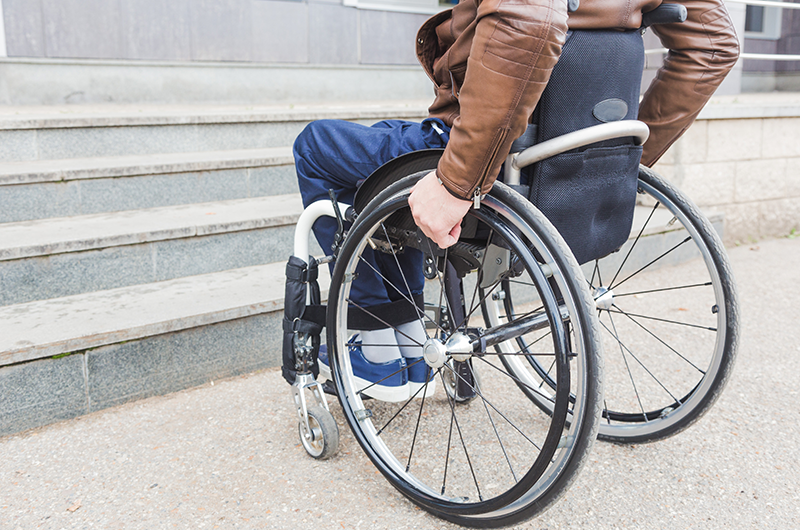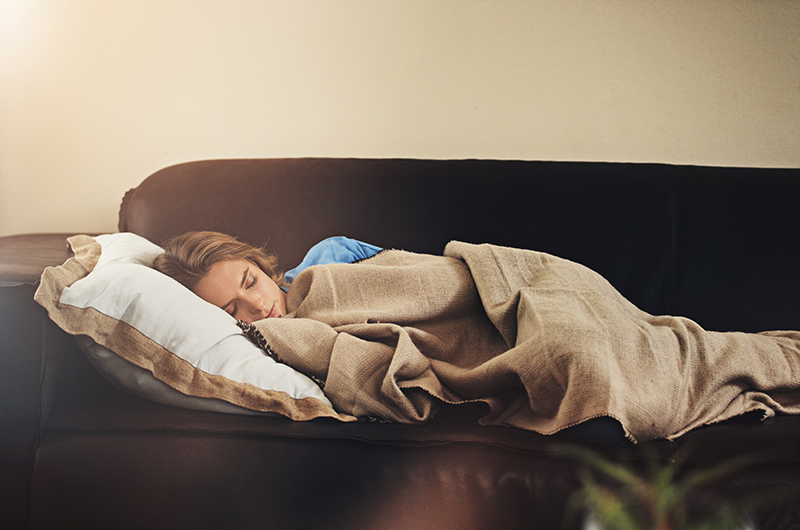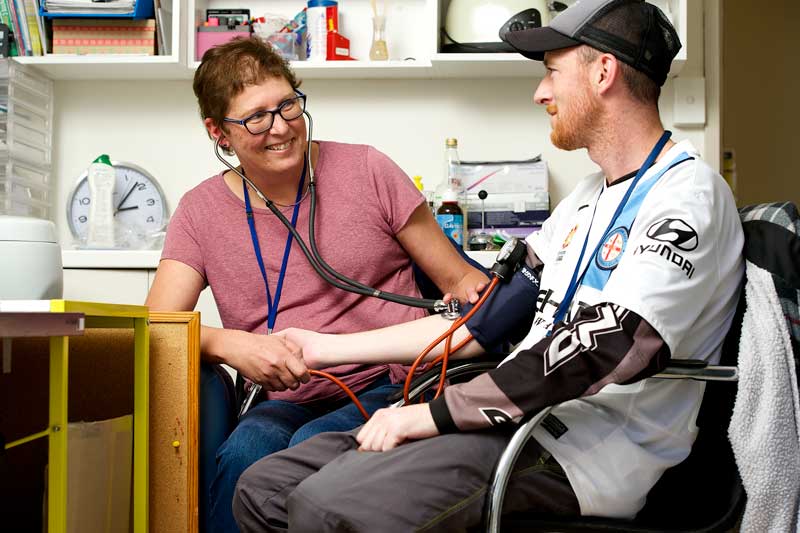
Hidden homelessness – the realities ‘couch surfing’
Couch surfing may not sound as insidious as ‘sleeping rough’ or other forms of homelessness, but the negative impacts personally, socially and economically are significant.

How do you define homelessness and what does it ‘look like’ to you? The men and women sleeping rough on our streets? The family living out of their car? Perhaps, the person accessing crisis accommodation? These are all examples of the pointy-end of primary homelessness, and the impact of these issues rightly evokes our sympathies.
Think for just a moment now about another scenario – a young woman, curled up asleep on her friend’s couch, wearing a warm blanket. The TV is on in the background, and not too far away is a relatively well-stocked fridge. Hot water awaits for her morning shower. However this is not her home, nor is it a holiday visit, or even an extended sleepover. This young lady has outstayed her welcome, and it’s time to move on – only she doesn’t know where to go next. In the past two months, imagine that this young person has stayed with four different friends, sometimes in less than ideal conditions, and always feeling like a burden. The stress of the uncertainty and feelings of shame are overwhelming, and it has impacted nearly every important relationship in her life. It has also affected her employability, resources, mental health, and physical wellbeing.
This is an example of the hidden and transient form of homelessness colloquially coined ‘couch surfing’. While on the surface, it may not sound as insidious as ‘sleeping rough’ or other forms of homelessness, the negative impacts personally, socially and economically are significant.
Couch surfing is classed as a secondary form of homelessness characterised by moving from shelter to shelter, often with friends or acquaintances, but with no fixed address. Whether it presents as literally staying on someone’s couch, accessing their spare room, or even a mattress on the floor – in situations of over-crowding – there is limited ability for couch surfing individuals to ever feel comfortable and secure for long. This means they often lack the stability required to plan and work towards a solution to their life challenges and homelessness.
The 2016 Australian Census recorded that over 17,000 people were potentially experiencing this form of homelessness. Despite this alarming statistic, this population remains one of the most hidden in terms of homelessness identification and access to supports.
Young people are particularly susceptible to this form of homelessness. A 2018 report by the Australian Institute of Health and Welfare (AIHW) identified 15 to 24 year olds as the most common age group to experience couch surfing. Young, single women are particularly vulnerable (60% of ‘surfers’), and often find themselves in this situation due to family and relationship concerns or domestic violence. Ongoing financial disadvantages and stressors contribute significantly. With affordable housing limitations and unemployment as key exacerbating issues, young people can find themselves in a rut that is hard to get out from. Many do not know how to reach out for support, or may delay seeking help from Specialist Homelessness Services.
VincentCare CEO, Quinn Pawson, describes the importance of stable housing.
“Without a sense of home, a person lacks a base from which to focus on improving aspects of their life. This not only takes a toll on individual resources, but their confidence, sense of identity, and their day-to-day outlook on life. It also affects their behaviours, including help-seeking.”
This goes some way to explaining the negative cycle in which couch surfers tend to find themselves. The AIHW report found that of those who couch surfed, 1 in 5 experience repeat episodes of homelessness. Without intervention, these people may struggle to gain independence and a permanent exit from homelessness.
“Early intervention is key. Couch Surfers who are supported to acknowledge their situation, and access services will do better than those who continue on their path of homelessness unsupported and largely unseen. This is where organisations such as VincentCare are vital.”
The system however is not without its economic and infrastructural barriers. Long-term housing options are only available to a small percentage of the overall couch surfing population. VincentCare will continue to work with government, funders and service providers, to advocate for solutions.
With Youth Homelessness Matters Day approaching on 17 April, it is a relevant time to speak up on this issue affecting so many young people across Australia. We can each do our part by redefining our ‘view’ of homelessness, to raise awareness about couch surfing, and Australia’s hidden homeless.



